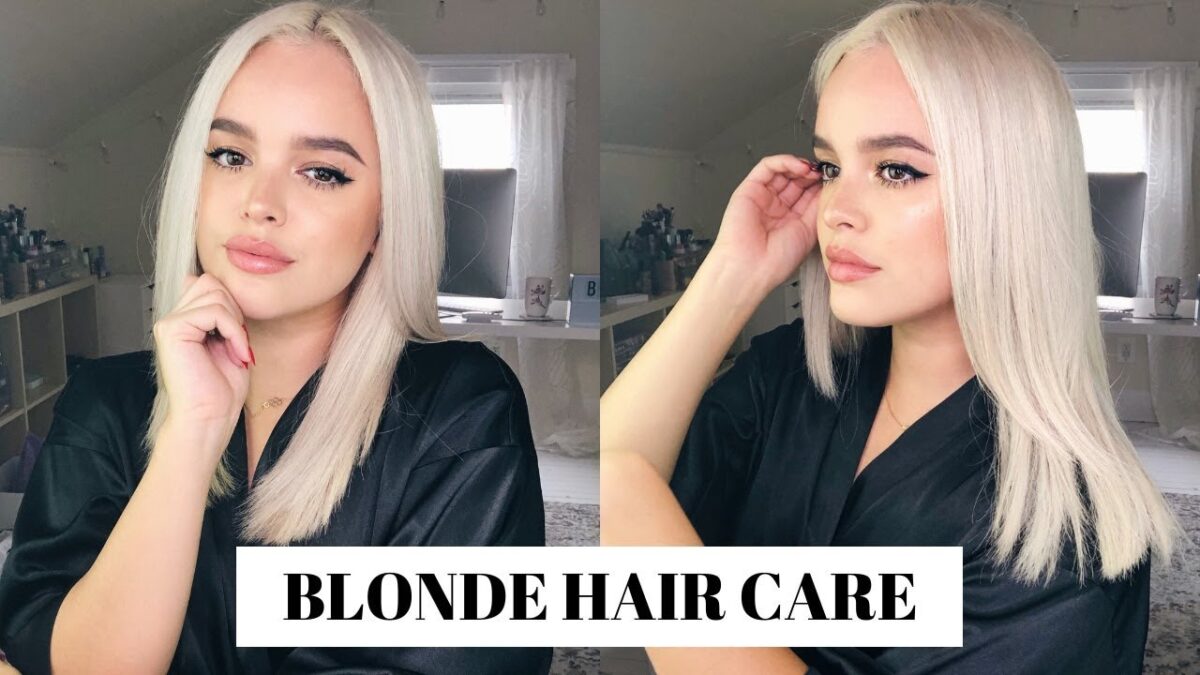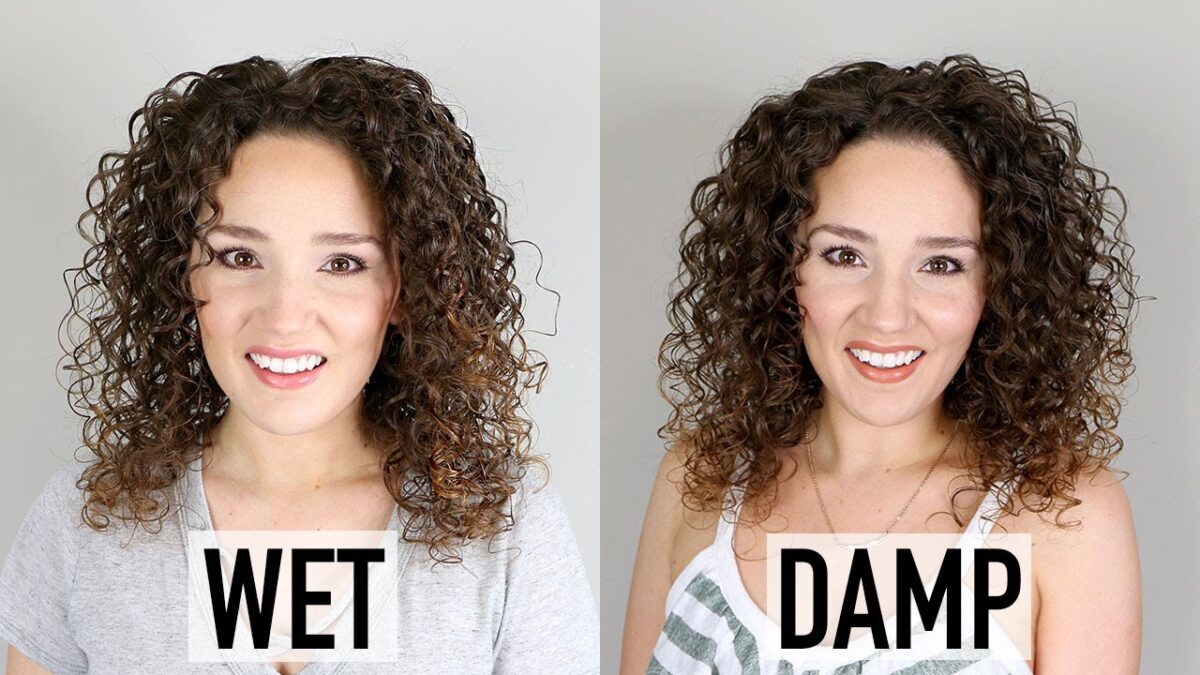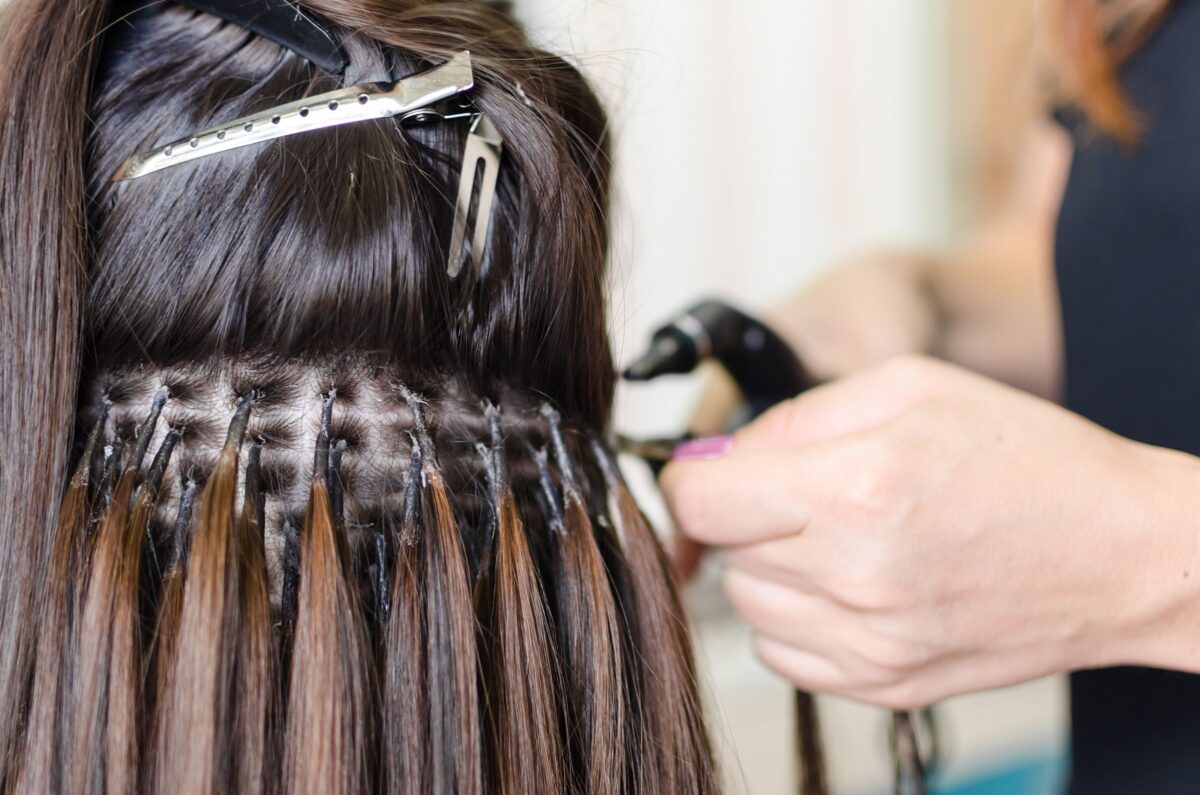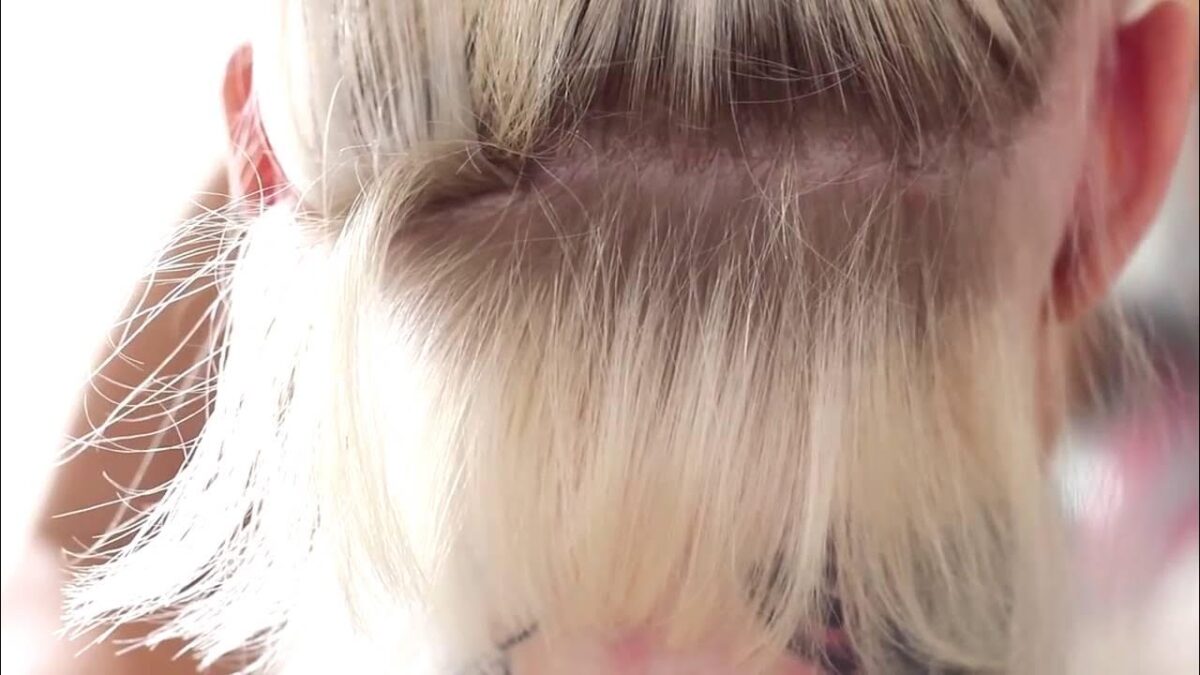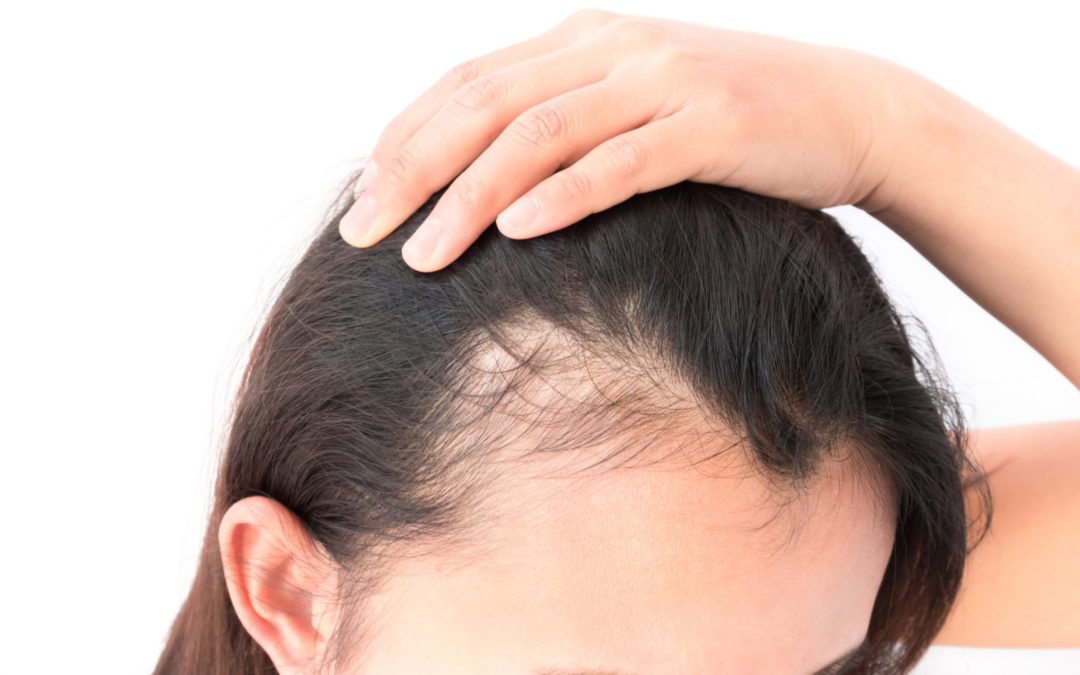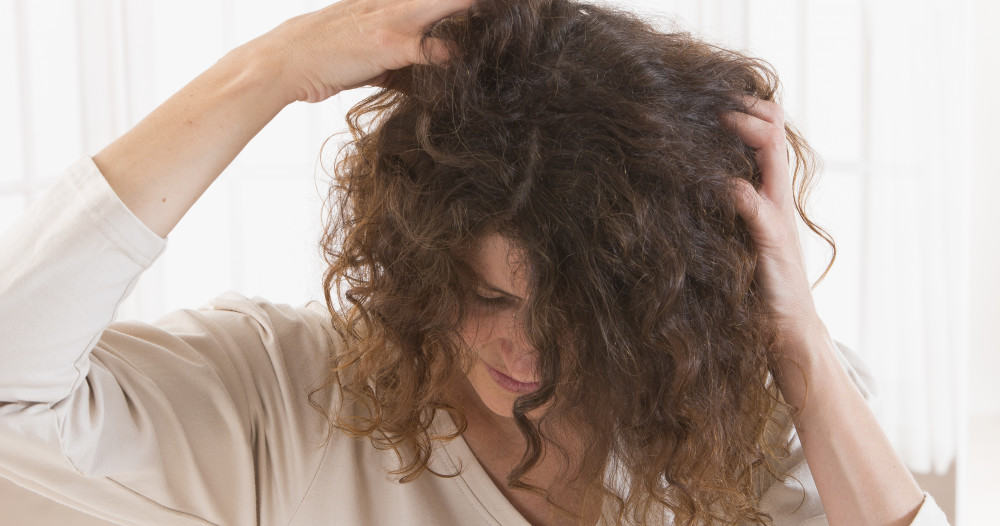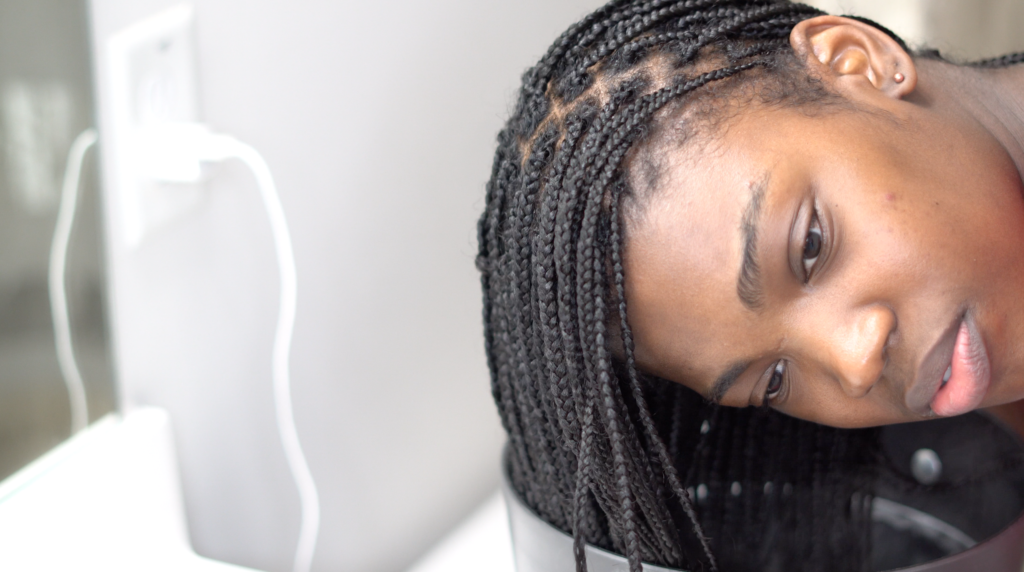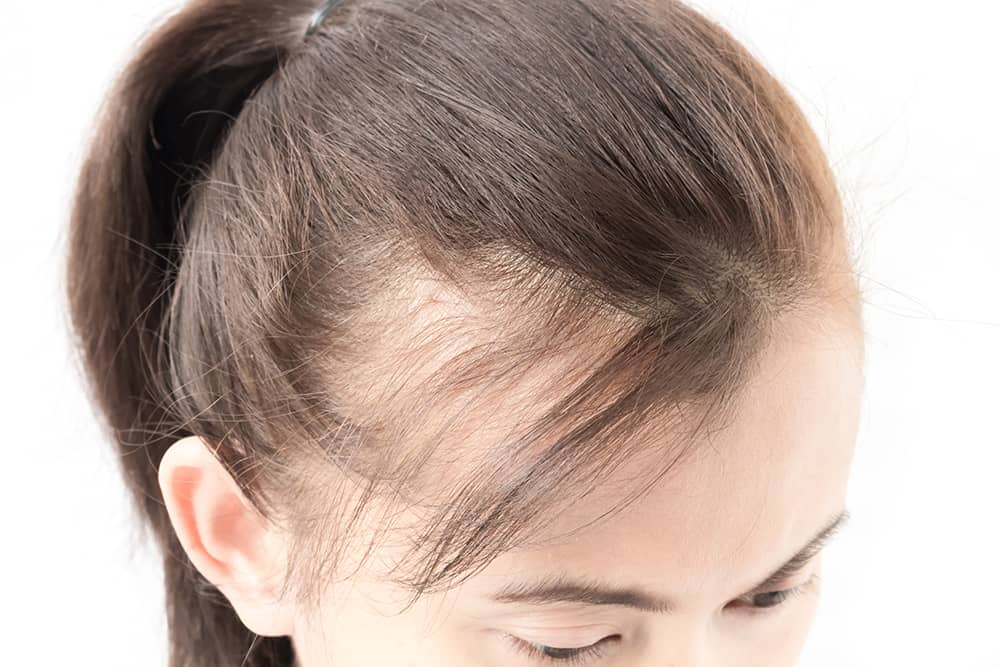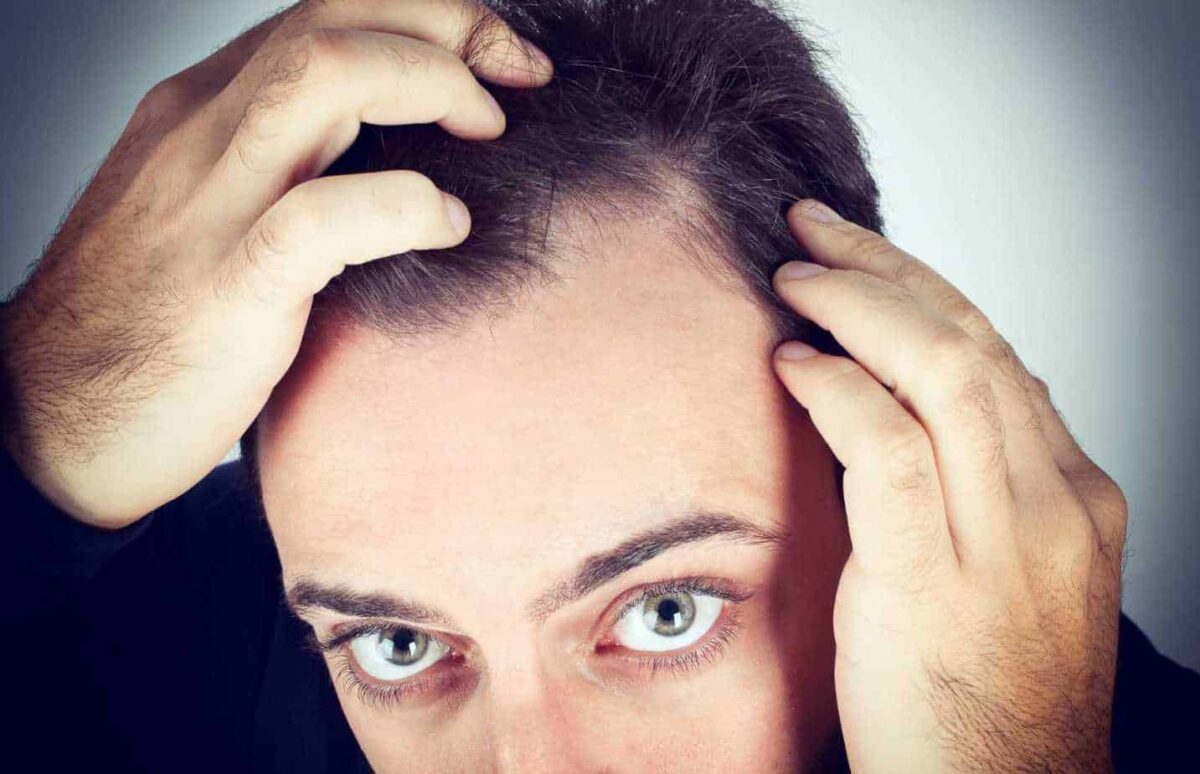To make bleached hair soft and silky, it’s crucial to embark on a dedicated hair care routine focused on deep hydration, damage repair, and cuticle smoothing. This includes using nourishing hair products such as deep conditioners and hair masks, minimizing heat styling, avoiding harsh chemicals, and regularly trimming split ends. Incorporating hair oils and leave-in treatments can also provide essential moisture and nutrients, helping to restore the hair’s natural softness and shine.
Revitalizing Bleached Hair: A Step-by-Step Guide
Bleaching can strip hair of its natural oils and proteins, leading to dryness, brittleness, and dullness. However, with the right care and attention, you can revive your bleached hair, bringing back its softness and luster.
1. Hydrate and Nourish:
- Deep Conditioning: Use a deep conditioning treatment or hair mask at least once a week. Look for products rich in hydrating ingredients like glycerin, aloe vera, and hyaluronic acid, as well as proteins to rebuild hair structure.
- Hair Oils: Argan, coconut, and jojoba oils can deeply nourish bleached hair. Apply a few drops to the ends of your hair daily, or use as a pre-shampoo treatment for extra moisture.
2. Minimize Heat and Chemical Stress:
- Limit Heat Styling: High temperatures can exacerbate dryness. Opt for air-drying, or use a heat protectant spray when heat styling is necessary.
- Choose Gentle Products: Swap out harsh shampoos for sulfate-free options that clean without stripping moisture. Avoid additional chemical treatments until your hair has recovered.
3. Protect and Seal:
- Leave-In Conditioner: A good leave-in conditioner can add an extra layer of moisture and protection from environmental stressors. Choose one that suits your hair type.
- Silk or Satin: Sleep on silk or satin pillowcases to reduce friction and prevent moisture loss overnight.
4. Regular Maintenance:
- Trimming: Regular trims every 6-8 weeks can help get rid of split ends and prevent further breakage, keeping hair looking healthy and fresh.
- Cold Water Rinse: Finish your shower with a cold water rinse to seal the hair cuticles, enhancing shine and smoothness.
5. Weekly Protein Treatments:
- Balance Moisture and Protein: While hydration is key, too much can lead to mushy hair. Integrate protein treatments into your routine to strengthen hair. Be cautious, as overuse can make hair brittle. Finding the right balance based on your hair’s response is essential.
Conclusion
Restoring softness and silkiness to bleached hair requires a commitment to a tailored and consistent hair care routine. By focusing on deep hydration, minimizing further damage, and ensuring regular maintenance, you can revive the health of your bleached hair, bringing back its natural softness and shine. Remember, patience and gentle care are your best allies in nurturing bleached hair back to its optimal condition.
